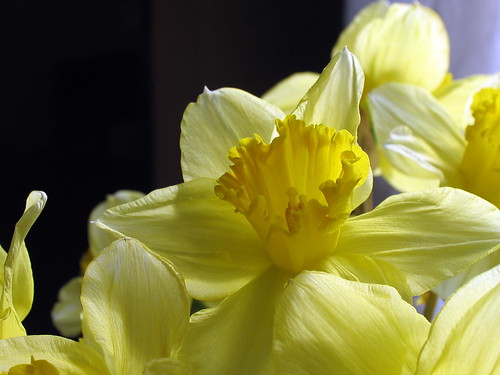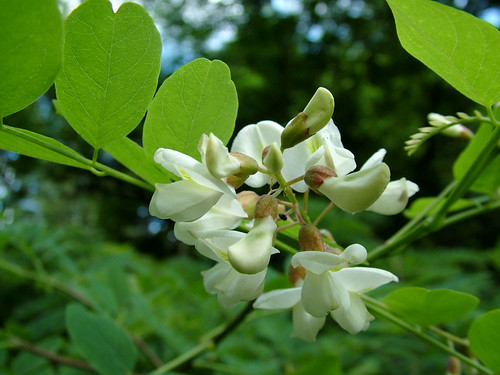
TheGardenLady received this question about daffodils:
I have also recently received a small pot of daffodils for indoors [probably from the local grocery store. It has the colored foil around it]. They doubled in length in one day, look healthy, and have smaller buds about to come out. I keep them in my room which is fairly cool and can get sunny. I’m wondering if I need to move the bulbs to a bigger pot at any point as well as if I can share the bulbs with friends once they stop flowering.
Daffodils like coolish indoor temperatures, 50-75°F, 10-24°C, the cooler the temperature, the longer the blooms last: medium humidity- too wet and you might get bulb rot: and bright indirect sunlight coming from the South/East/West
Do not waste your time repotting the daffodil bulbs for this season’s indoor flowering. Repotting causes stress on the plant which may cause the flowers to die.
The daffodils in the pot may have been forced (see here) to bloom at a specific time. Forcing is done by using special lighting techniques, fertilizing techniques and temperature control (see here). Enjoy the flowers by putting the little pot in a cache pot (see here) and bringing the entire thing to the room where you are entertaining for all to enjoy.




